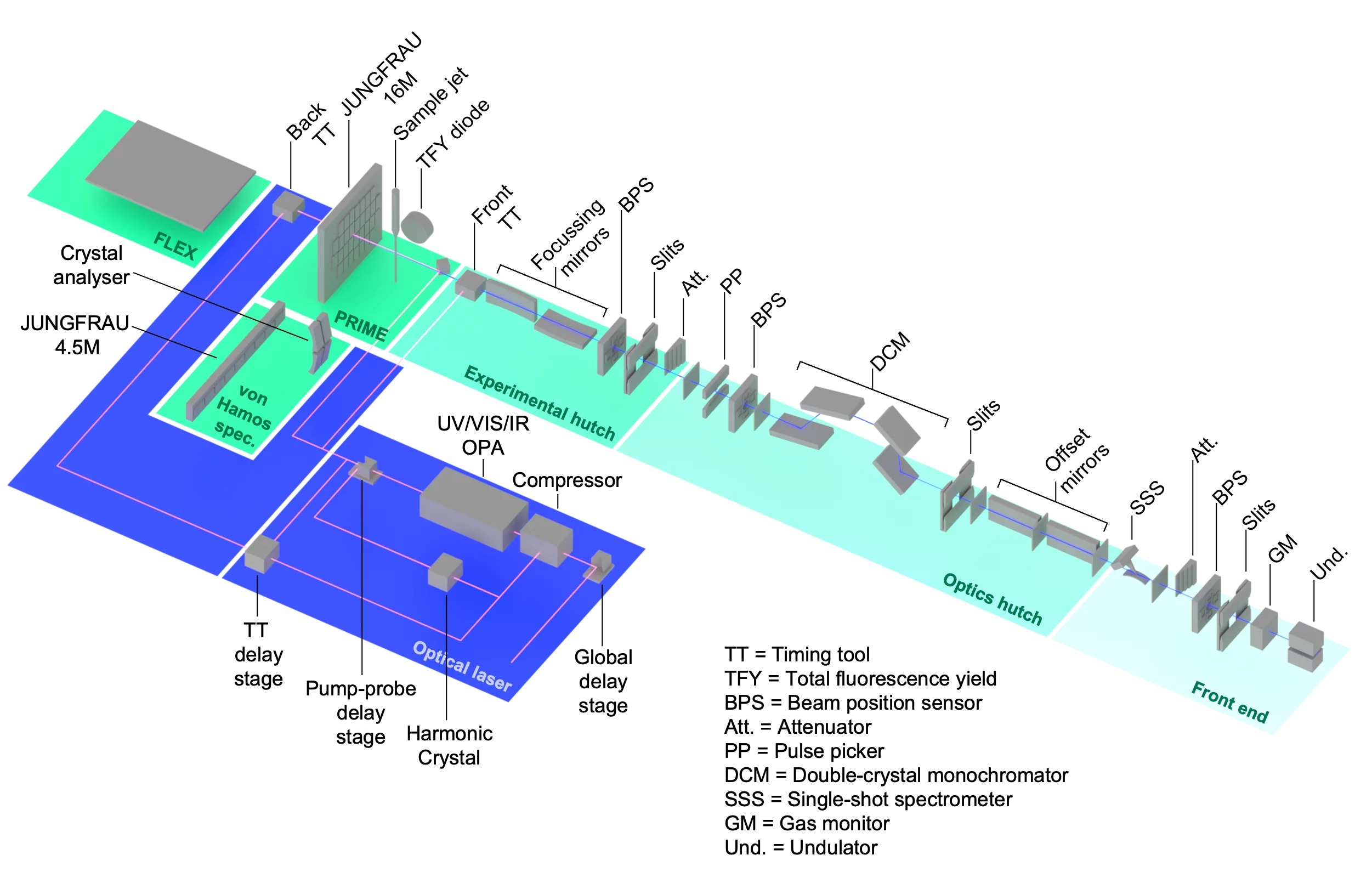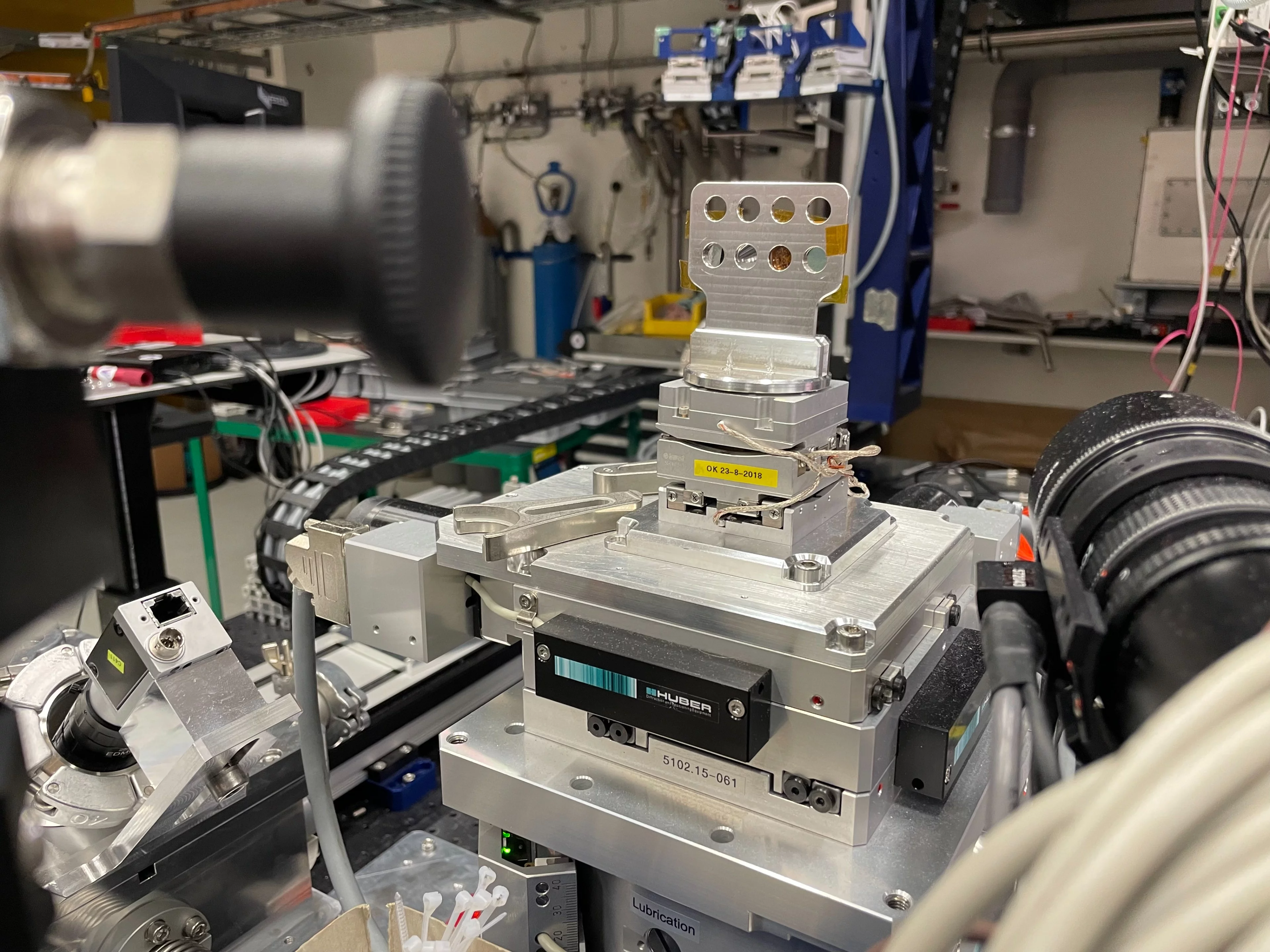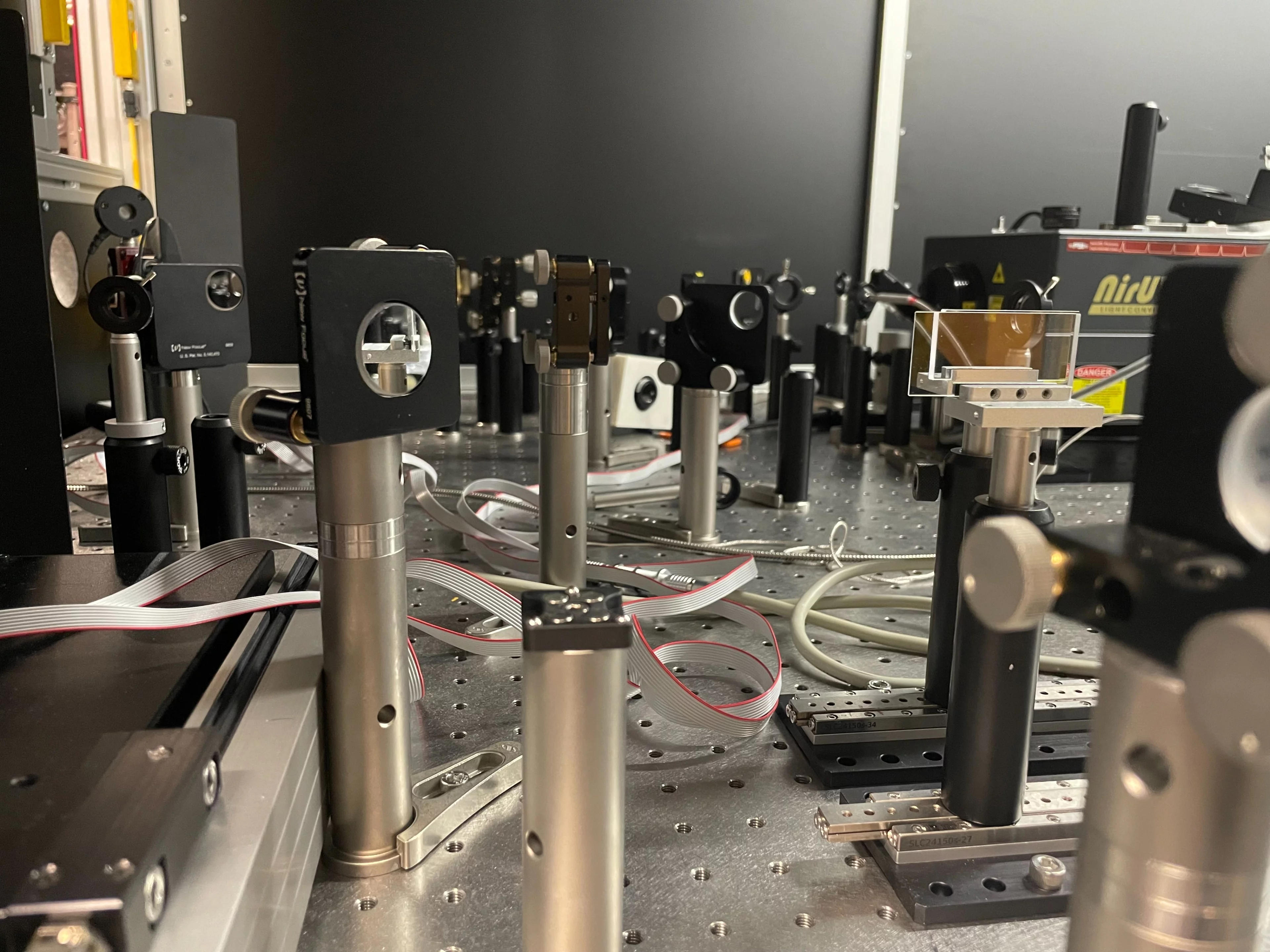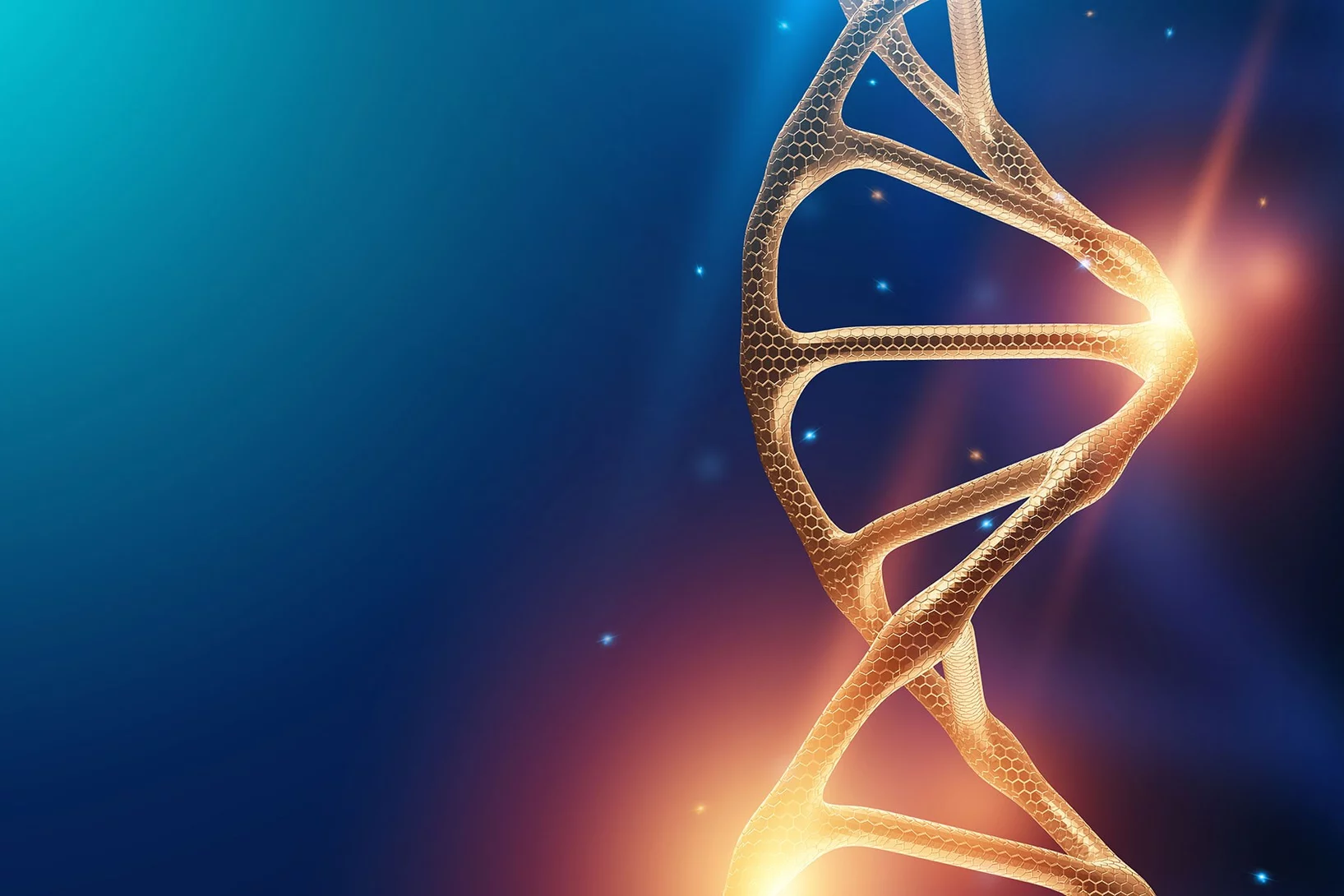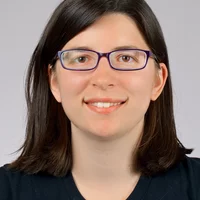SwissFEL Alvra Experimental Station
Alvra specializes in measuring the ultrafast dynamics of photochemical and photobiological systems in solution, suspension, or crystals, using a variety of X-ray scattering and spectroscopic techniques. Alvra consists of two instruments: Alvra Prime and Alvra Flex. Prime is a helium/low vacuum atmosphere chamber designed to perform a range of techniques, including serial femtosecond crystallography (SFX), X-ray scattering (XDS), and X-ray absorption and emission spectroscopy (XAS, XES, and RIXS) over the full SwissFEL hard X-ray photon energy range of 2-13 keV. Flex is a versatile instrument designed to accommodate user experiments with an X-ray spectrometer that can be used for many different types of measurements, including inelastic X-ray scattering (IXS) and high energy resolution off-resonant spectroscopy (HEROS), as well as host user-provided setups. An overview of the Alvra design parameters can be found here and on the SwissFEL facility here. A user laboratory, to support chemistry and biology experiments is also available on-site. The summary of the lab infrastructure and equipment can be found here.
Alvra is currently in full-user operation mode, with both the Prime and Flex instruments commissioned at 100 Hz. A summary of the experimental station parameters follows
| Photon energy range | 2 – 13 keV (full SwissFEL Aramis photon energy range) |
| Beam profile | Measured focus 20 µm (FWHM) at 2 and 4.5 keV (defocussed beam also possible) |
| Measured focus 1.5 µm (FWHM) at 12 keV (defocussed beam also possible) | |
| Unfocused beam: 500 µm to 1 mm (FWHM) energy dependent | |
| Flexible KB mirrors can also provide an asymmetric focus | |
| Bandwidth | SASE 0.25% (pink beam), large bandwith availabe upon request (up to 2%) |
| Monochromatic: Si(111), Si(311) and InSb(111) | |
| Sample Environment | From vacuum (5 x 10-4 mbar) up to 800 mbar pressure (He or N2) |
| Sample delivery systems | Liquid jet for chemistry: |
| - Flat jet (100, 200 and 300 µm) with peristaltic pump | |
| - Round jet (25-200 µm) with HPLC or syringe pump | |
| LCP viscous injector (50-100 µm) | |
| GDVN injectors tested in chamber (user provided) | |
| Solid samples upon request | |
| Detectors and Spectrometers | 16M Jungfrau forward scattering detector at 10 cm distance (<1 Å resolution at 12.4 keV) |
| 4M Jungfrau forward scattering detector at 10 cm distance (1.5 Å resolution at 12.4 keV) | |
| 2 x 2 crystal von Hamos dispersive X-ray emission spectrometer (1-12.4 keV) | |
| APD and PIPS diodes for x-ray absorption measurements |
| Photon energy range | 6 – 13 keV |
| Beam profile | Flexible focus from 10 to >100 µm (FWHM) |
| Unfocused beam: ~1 x 1 mm2 (FWHM) energy dependent | |
| Bandwidth | SASE 0.5% (pink beam) |
| Monochromatic: Si(111), Si(311) and InSb(111) | |
| Sample Environment | Atmospheric conditions (in-air setup) |
| Sample delivery systems | Liquid jet for chemistry: |
| - Flat jet (100, 200 and 300 µm) with gear or peristaltic pump | |
| - Round jet (20-100 µm) with HPLC pump | |
| LCP viscous injector (50-100 µm) | |
| Solid samples | |
| Detectors and Spectrometers | 3 crystal von Hamos dispersive X-ray emission spectrometer with 1M Jungfrau detector |
| Diodes for x-ray absorption measurements |
| Primary pump source | 800 nm, 35 fs FWHM, 10 mJ (Ti:Sapphire) |
|---|---|
| Secondary pump sources | 240 nm – 2.5 micron (OPA with additional nonlinear conversion options). At present pulse energies at the sample location for 240-400 nm have been measured in the range of 10-30 µJ. We expect pulse energies of 150-500 µJ between 400 nm and 780 nm; 150-500 µJ between 1 µm and 2.5 µm. Pulse durations are expected to be approximately 50 fs fwhm. |
| Timing diagnostics | Alvra currently has two spectral encoding time-tools available, one pre and one post-interaction region. This approach has been demonstrated at several other facilities and works well for experiments that use the full SASE pulses at the full X-ray range of the endstation (2-12 keV) and for monochromatic experiments at the higher x-ray energies (>6 keV). |
News & Scientific Highlights
Erbschäden mit Sonnenlicht reparieren
Ein internationales Forschungsteam hat am SwissFEL des PSI aufgeklärt, wie ein Enzym mithilfe von Sonnenlicht DNA-Schäden repariert.
Tender X-rays show how one of nature’s strongest bonds breaks
Short flashes of an unusual kind of X-ray light at SwissFEL and SLS bring scientists closer to developing better catalysts to transform the greenhouse gas methane into a less harmful chemical.
Medikamente mit Licht an- und abschalten
Forschende des PSI drehen einen molekularen Film eines Krebsmedikaments mit Lichtschalter. Das eröffnet neue Einblicke für Wirkstoffentwickler.
Contact
Group Leader and Beamline Scientist at Alvra

